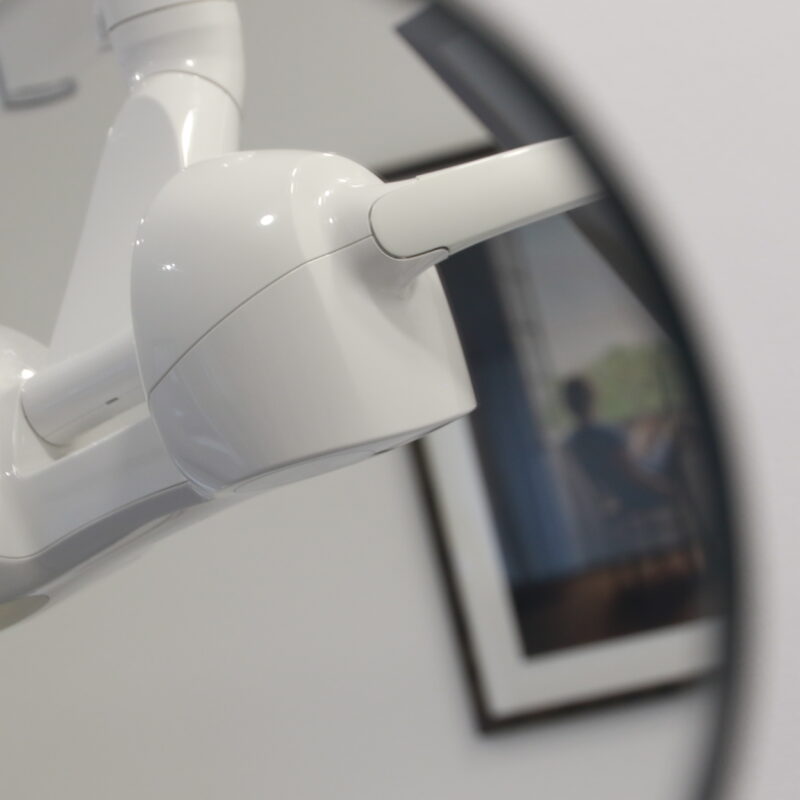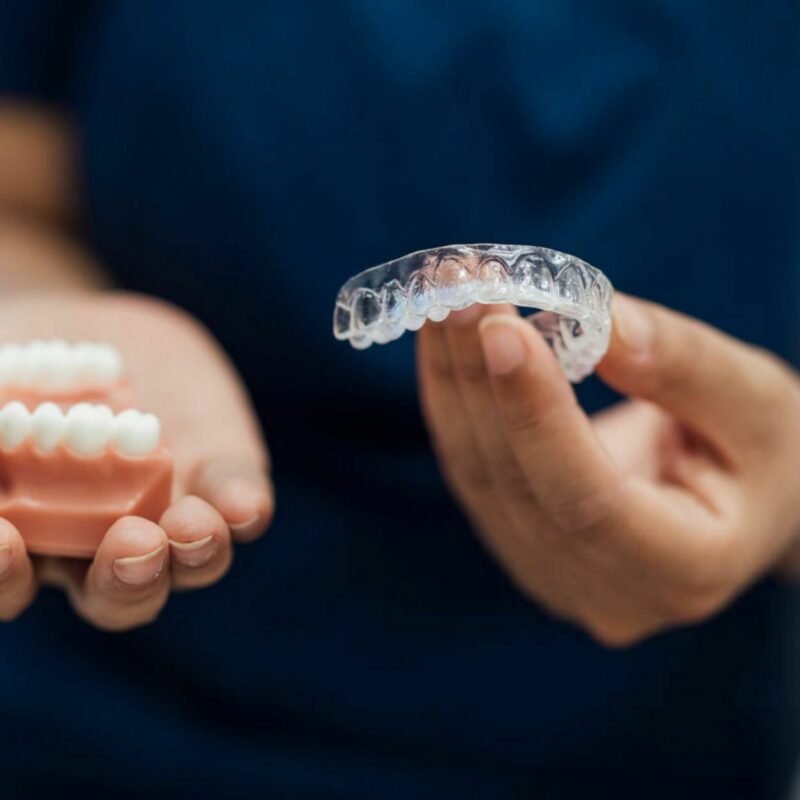Composite bonding, also known as dental bonding, is a versatile and minimally invasive cosmetic dental procedure. It is widely used to improve the appearance of teeth and restore their function. Whether you're looking to fix a chipped tooth, close gaps, or enhance the overall aesthetics of your teeth, composite bonding offers a quick and effective solution. We will explain what composite bonding is, how it works, its benefits, and what you can expect from the procedure.

What is Composite Bonding?
Composite bonding involves the application of a tooth-colored resin material to the surface of the teeth. This resin is carefully shaped and molded to achieve the desired appearance before being hardened with a special light. The result is a natural-looking restoration that blends seamlessly with the surrounding teeth.
The material is available in several different colours and translucencies, allowing lots of detail and an excellent ability to mimic the optical properties of natural teeth.
Uses of Composite Bonding
Composite bonding is a versatile procedure that can address various dental issues, including:
- Repairing Chipped or Cracked Teeth: It can restore the shape and integrity of damaged teeth.
- Closing Gaps: Bonding can fill small gaps between teeth, improving the overall alignment.
- Improving Discolored Teeth: The resin can be tinted to match the color of your natural teeth, enhancing their appearance, or to change the colour of your teeth.
- Lengthening Teeth: It can be used to alter the shape or length of teeth for a more uniform look.
- Protecting Exposed Roots: In cases of gum recession, bonding can cover and protect exposed tooth roots.
The Composite Bonding Procedure
- Consultation and Examination
- Initial Assessment: Your dentist will examine your teeth and discuss your goals to determine if composite bonding is the right option for you.
- Color Matching: A shade guide is used to select the composite resin color that matches your natural teeth.
- Preparation
- Surface Preparation: A conditioning liquid is applied to the tooth surface, followed by an adhesive (or bonding material).
- No Anaesthetic Required: In most cases, anaesthetic (a numbing injection) is not necessary unless the bonding is being used to fill a decayed or several worn and sensitive tooth.
- Application
- Resin Application: The composite resin is applied to the tooth in layers. Each layer is shaped and molded to achieve the desired look.
- Curing: A special curing light is used to harden each layer of resin. This process takes just a few seconds per layer.
- Finishing Touches
- Shaping and Polishing: Once the resin is hardened, the dentist will trim, shape, and polish it to match the sheen of the rest of the tooth, ensuring a natural appearance and comfortable bite.
Benefits of Composite Bonding
- Aesthetic Improvement: Composite bonding can dramatically enhance the appearance of your teeth and smile.
- Minimally Invasive: Unlike veneers or crowns, bonding usually requires little to no removal of the natural tooth structure.
- Quick Procedure: The entire process can often be completed in one visit, typically taking 30 to 60 minutes per tooth.
- Cost-Effective: Composite bonding is generally more affordable than other cosmetic dental procedures like veneers or crowns.
Considerations and Care
- Durability: While composite resin is strong, it is not as durable as natural teeth or other restorative materials like porcelain. It can chip or stain over time, especially if you chew on hard objects, bite your nails, or consume staining foods and drinks.
- Lifespan: Composite bonds typically last around 5 years, though they may need to be maintained (polished) or repaired or replaced within that time, with studies showing some level of intervention is required 1-3 years after placement.
- Maintenance: Good oral hygiene practices are essential to maintain the appearance and longevity of bonded teeth. Regular dental check-ups, brushing, and flossing are crucial.
Conclusion
Composite bonding is a versatile, quick, and cost-effective solution for improving the appearance and function of your teeth. Whether you're looking to repair a chipped tooth, close gaps, or enhance your smile, composite bonding offers a minimally invasive way to achieve natural-looking results. Consult with your dentist to see if composite bonding is the right choice for your dental needs and start your journey towards a brighter, more confident smile.
More
from the blog
Blog /Advice
Is High-Fluoride Toothpaste Safe?
Benefits, Risks, and How It Protects Against Tooth Decay
Read moreBlog /Advice
Nutritional Effects on Oral Surgery Outcomes
Preparing Your Body for Faster Recovery
Read moreBlog /Advice
PRF facials - Platelet-Rich Plasma
Learn how platelet-rich fibrin treatments naturally restore youthful skin
Read more





